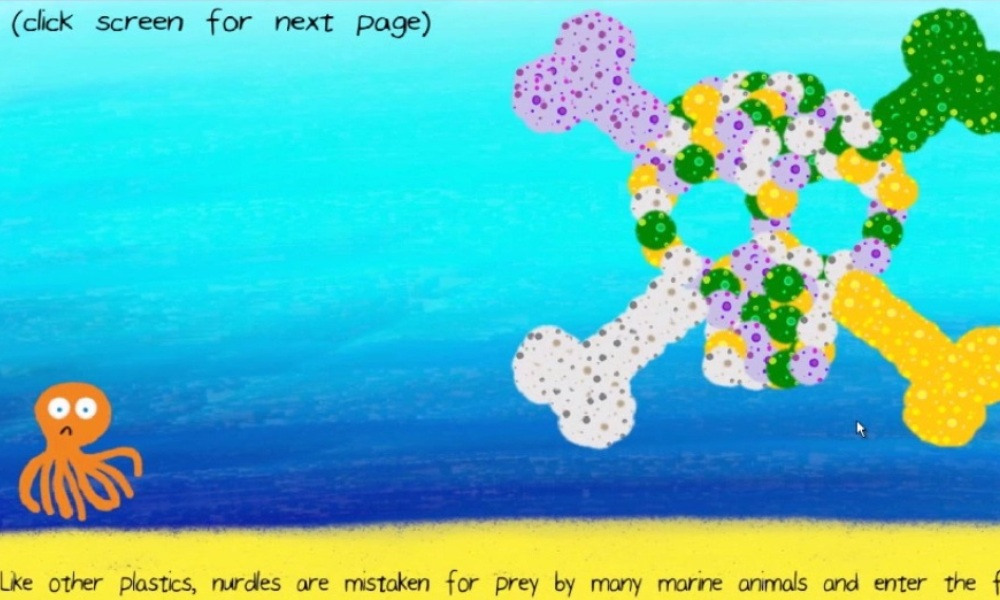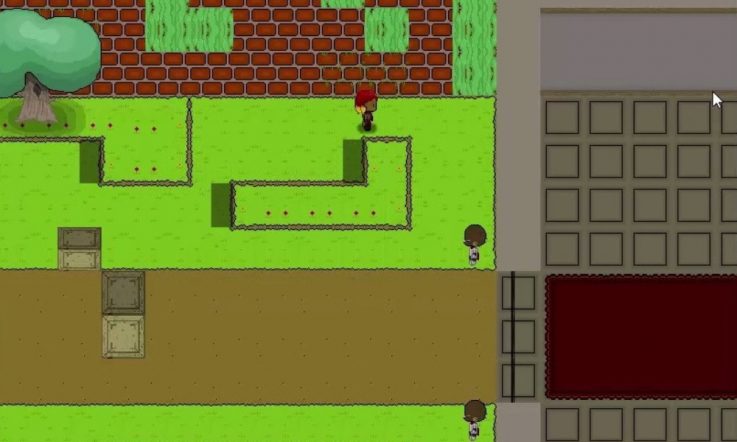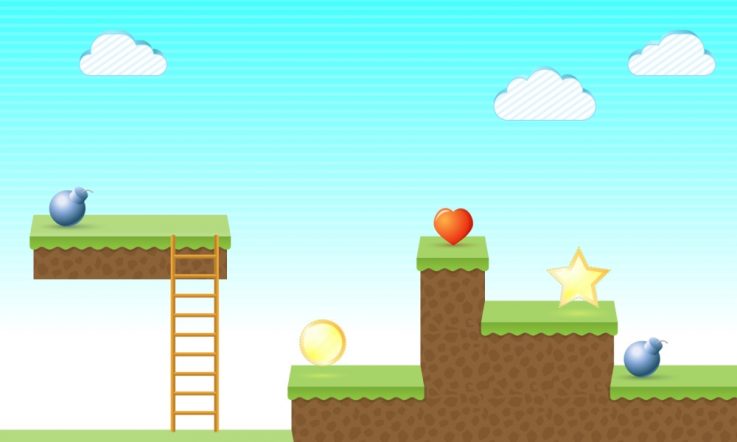Battling to return to Earth from the far side of the solar system, protecting endangered animals from a robot invasion and surviving in the desert with the help of the periodic table.
These are just some of the intriguing scenarios created by the latest Australian STEM Video Game Challenge award winners.
Nearly 1500 students in Years 5 to 12 took part in the national competition this year, up from 550 in 2014, and the judges were amazed by the high standard of entries.
The challenge is coordinated by the Australian Council for Educational Research (ACER). While the need for STEM experts is growing, the Office of the Chief Scientist reports that the number of students studying STEM disciplines in senior secondary school has been declining in Australia, leading to fewer students pursuing post-secondary study in STEM fields.
ACER's Australian STEM Video Game Challenge Project Director, Chris Rosicka, says the competition provides teachers and students with a real world application of STEM skills.
'... Students are [also] learning 21st century skills, including system-based thinking, iterative design, collaboration, communication and resilience. We have been amazed by the quality of entries this year, it's great to see students applying themselves and achieving great results.'
The 2015 award winners were announced at the annual PAX Australia video game exhibition in Melbourne over the weekend. They are:
Year 5 to 8 Individual: Daniel Blaker, Parade College, Victoria, for Phlight - The journey home.
This two-dimensional adventure/puzzle game places the user in the role of an interstellar explorer journeying back to Earth after crashing on the far side of the solar system. Players must solve a series of puzzles which combine elements of geology and chemistry with physics and lateral thinking.
The Australian STEM Video Game Challenge judges describe it as an 'awesomely fun game', adding ‘This game is very well designed and engaging, and the gameplay is deep.'
Year 5 to 8 Group: Periodic Survival, Mosman High School, New South Wales, for Periodic Survival.
Students Declan, Jacques, Alex, Finbar and Cain created Periodic Survival - an interactive ‘storybook' game that helps to foster an understanding of basic elements on the Periodic Table.
Taking on the role of an explorer lost in the desert, players must use the elements in combination to make items and substances necessary to survival.
The judges described it as a game with an interesting premise that ties the STEM theme to the gameplay.
Year 9 to 12 Individual: Aidan Court, John Pirie Secondary College, South Australia, for Rexplorer.
In this two-dimensional game about exploration and conservation, players take on the role of Rex - an adventurer charged with protecting endangered Australian animals from an evil robot invasion.
The judges described it as a 'fantastic' game and loved the attention to detail - even the Frill Neck Lizard is animated.
Year 9 to 12 Group: Anomaly Blue, Callaghan College Jesmond Senior Campus, New South Wales, for Dolphin Dive.
Josephus, Ben, Brian and Heath make up the Anomaly Blue team. Challenge judges praised the gameplay mechanics of Dolphin Dive, a side-scrolling adventure game that requires the player – embodied as a dolphin evading an oil spill – to avoid obstacles in the form of litter and debris in order to out swim the pursuing toxic sludge.
The judges commented: ‘I could see this developing into an addictive game. There is a lot of potential in this game to help educate others about our waters.'
Year 9 to 12 Individual Advanced: Kwergan Gregory, Bunbury Senior High School, Western Australia, for Rewire.
Rewire is a three-dimensional problem solving/puzzle game. Armed with an experimental piece of technology called the ‘Rewire Tool', players must navigate through rooms using the tool to connect various combinations of output and input nodes in order to achieve objectives.
Judges were impressed by the game's excellent implementation and gameplay elements, which they said made it fun to play.
Year 9 to 12 Group Advanced: Invisible Wombats, Trinity Christian School, Australian Capital Territory, for Malware Meltdown.
The Invisible Wombats team - comprised of Ryan, Thomas, Marcus and Ethan - won praise for Malware Meltdown. In this creative two-dimensional game, players take control of antivirus software within a corrupt computer system, using an upgradable collection of items to destroy pieces of ‘malware' that threaten to compromise the system.
Challenge judges described the game as a fun and engaging way to learn about cyber security.
PwC Achievement Award - Female: Penrhos 1, Penrhos College, Western Australia, for Destroy the Nurdles, Save the Turtles.
Alice, Megan and Archa are the students behind Destroy the Nurdles, Save the Turtles - their first attempt at game design. The judges congratulated them on the research and care taken in developing the game theme, saying: ‘I really liked the idea of this game. When the turtles were hit by the nurdles and went grey, I felt a genuine sense of responsibility, which encouraged me to try again and do better.'
PwC Achievement Award - Indigenous: Couch Gaming, Bay High School, Tasmania, for Times of War.
Students Jayden and Jacob impressed with their two-dimensional wave-defence game Times of War. Players have to defend a castle from invading forces by answering multiplication questions to fend off the advances of an opposing force.
The judges liked the gameplay concept - with enemies spawning more frequently as the game progresses, players are challenged to answer questions with increasing urgency in order to repel them.
The Australian STEM Video Game Challenge will open again in April 2016. To access teaching and student resources, and to find out how to get involved, click on the link.
How is your school engaging students in STEM subjects?



